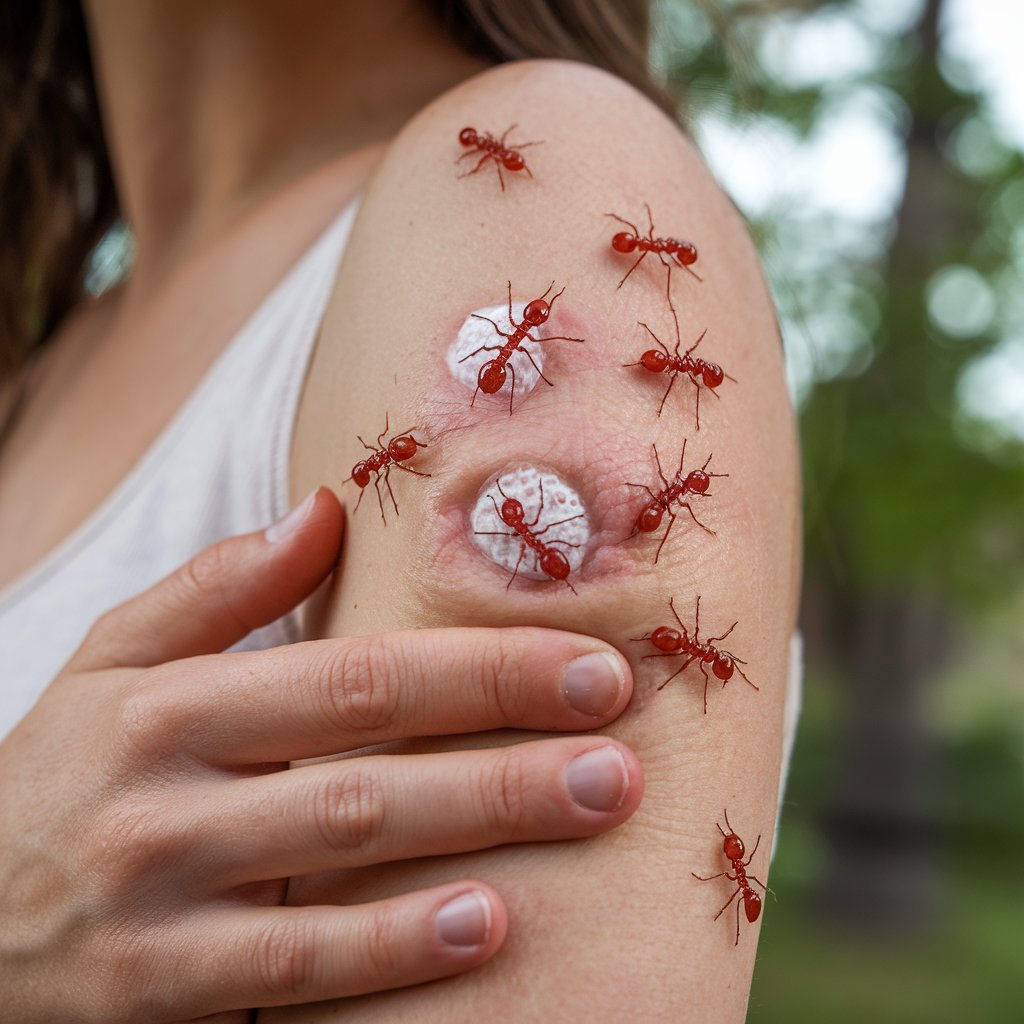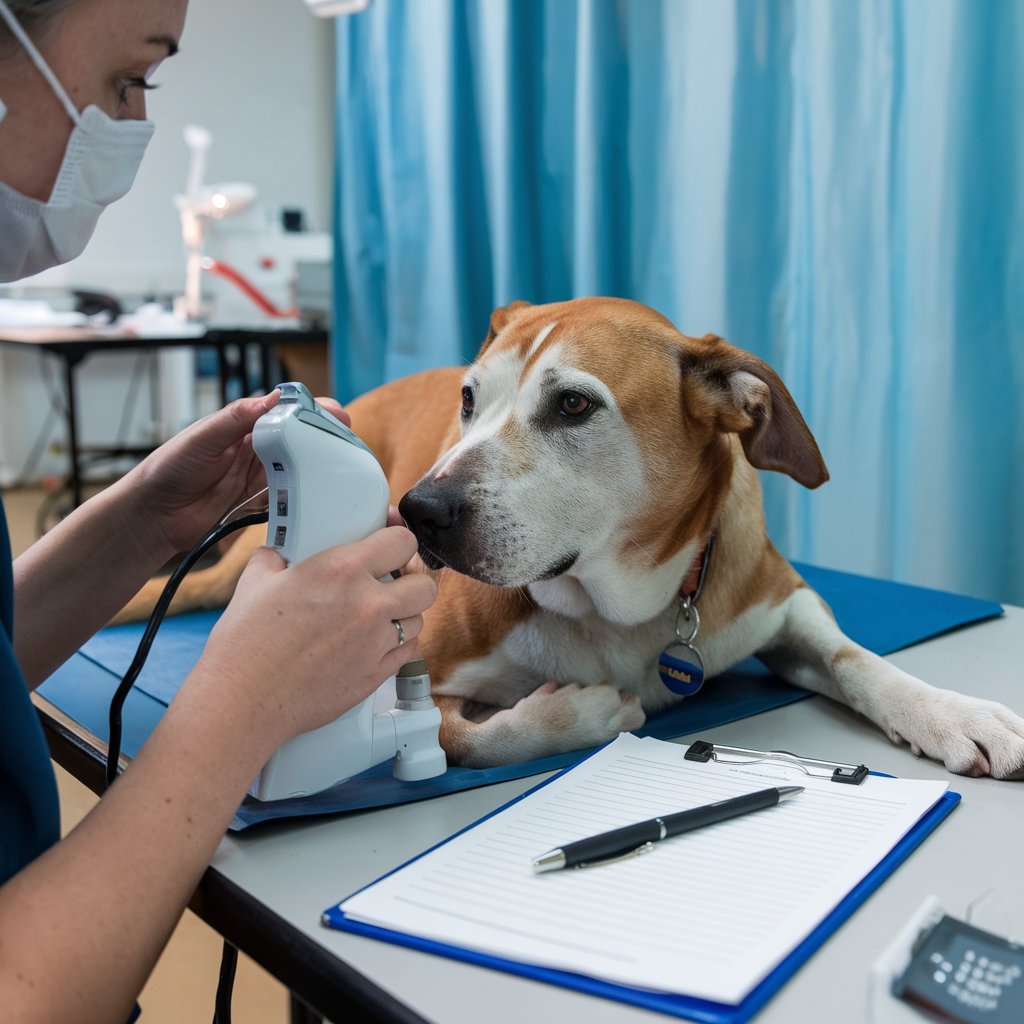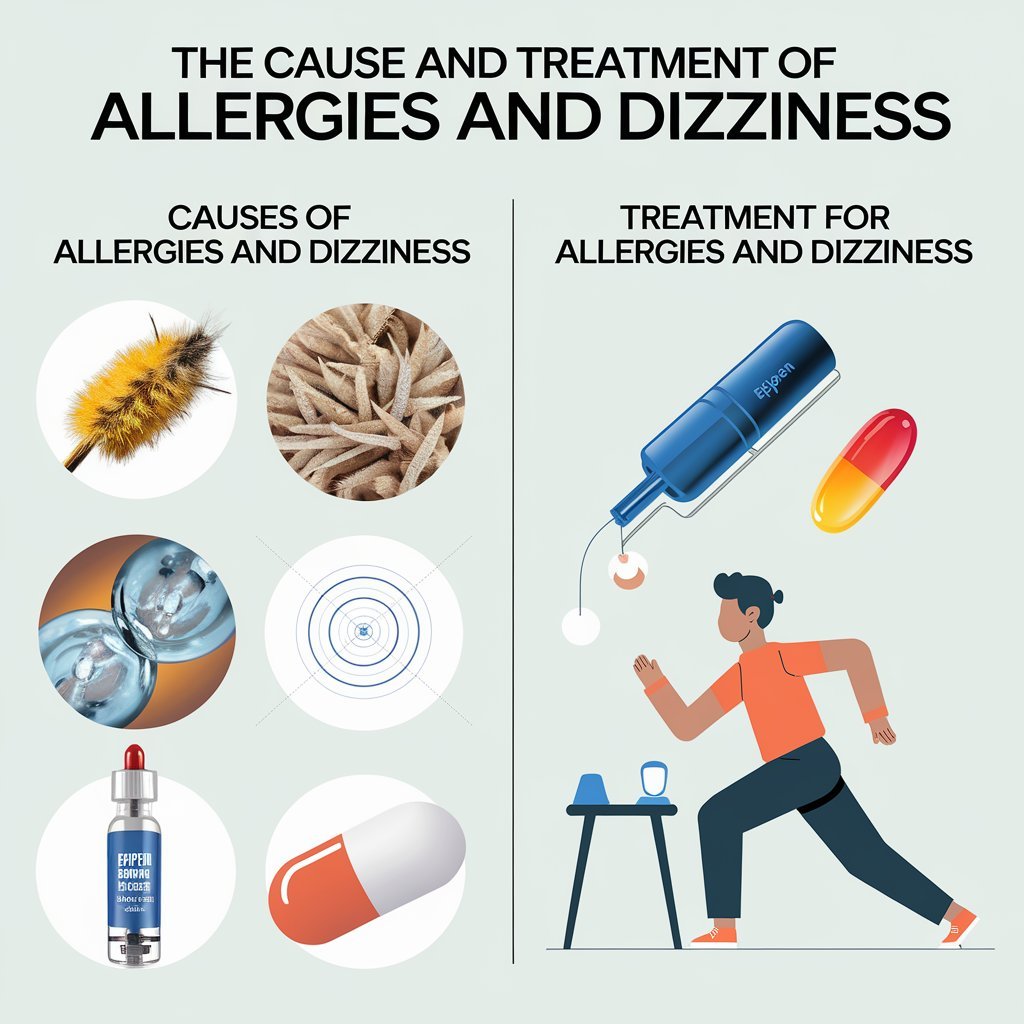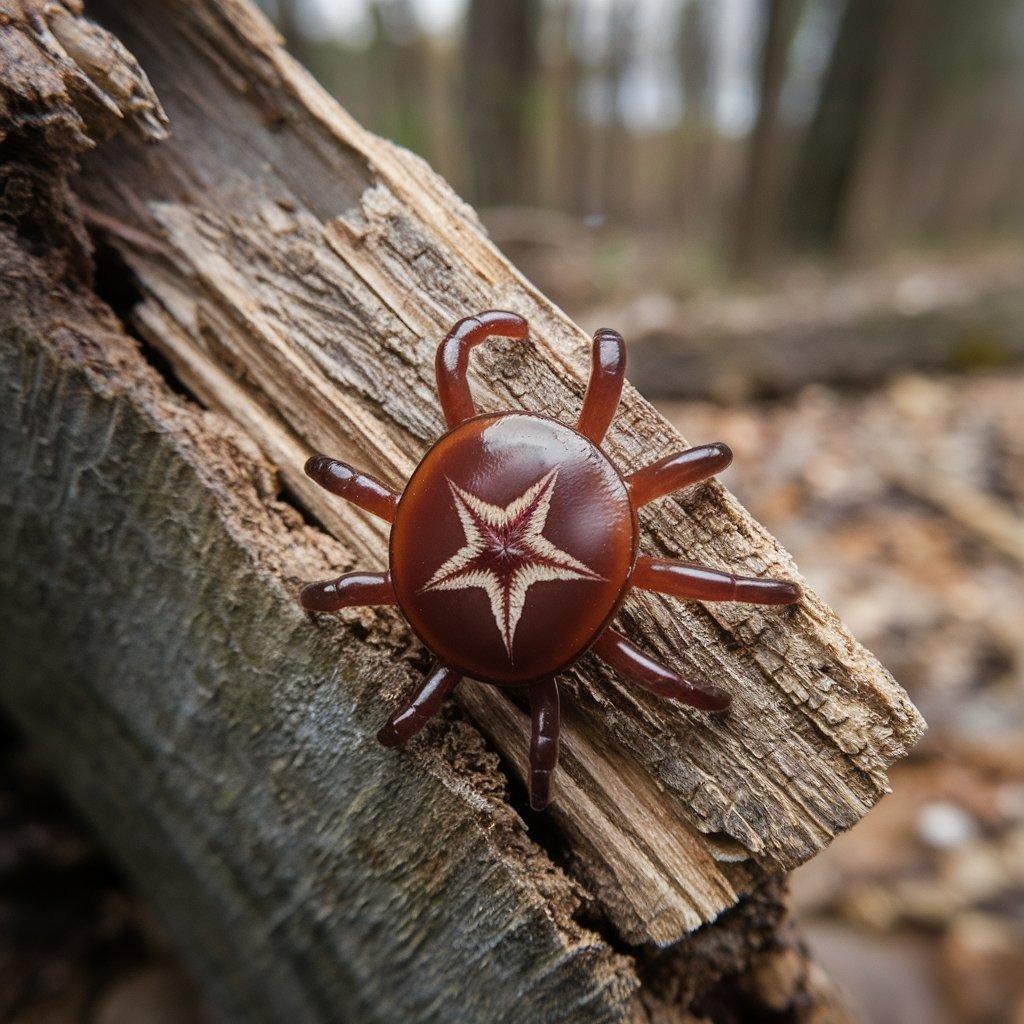Ant bites are not really bites. These are stings, and they cause what one feels as a bite. The bites can also result in painful or itchy spots and lead to allergic reactions.
Some people will first mention spider bites, flea bites, or even bee stings when talking about bugs and their interactions with humans. But there is one known yet not so suspected bug that can leave quite a nasty mark: ants. Here’s what you need to know about ant bites-including symptoms, treatments, and prevention techniques-just in case you come across them.
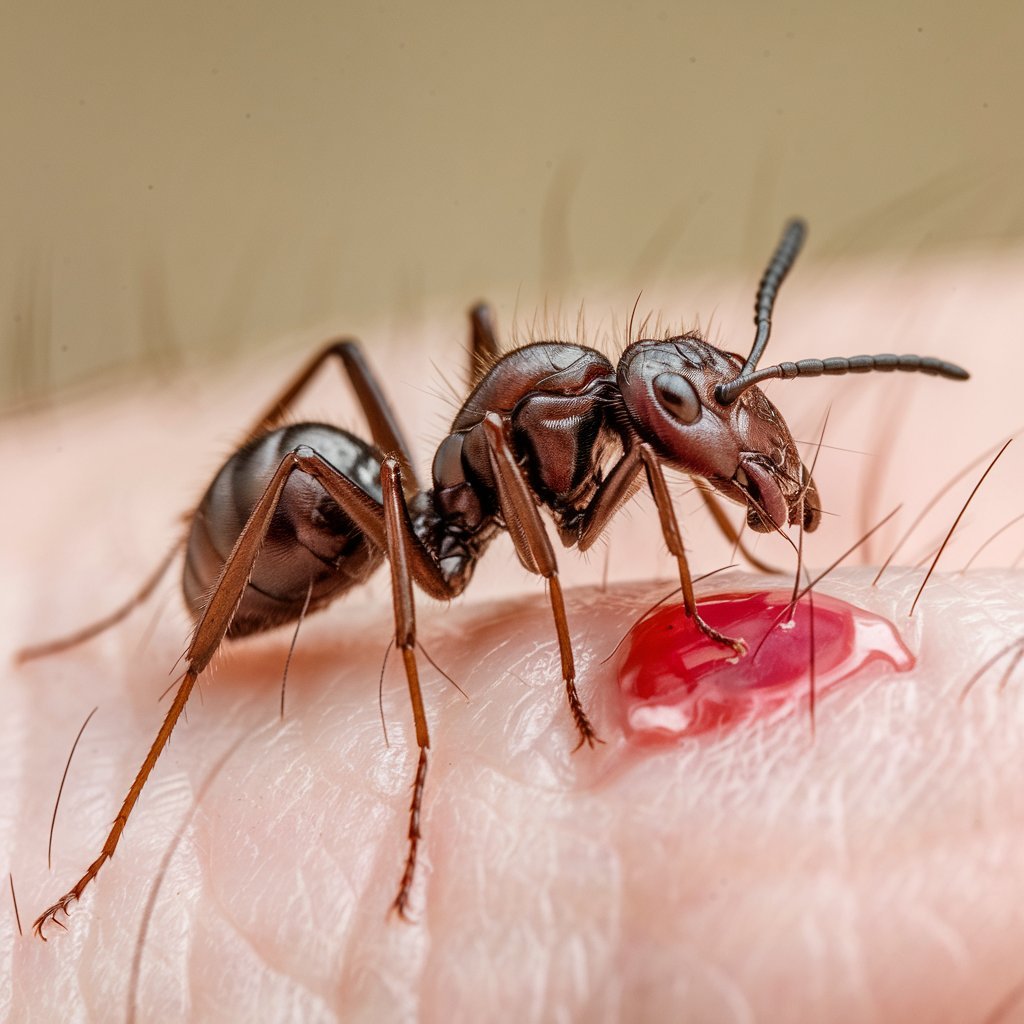
Types of Ants
There are many different species of ants. Some 12,000 species exist, though not all of them sting. Around 71% of ants are stingers. The rest comprise species that spray their venom or swarm and bite. Ant bites in the United States are actually stings, and the usual culprits are imported fire ants.
How Do Ant Bites Occur?
Fire ants sting you by first attaching themselves to your skin with their mandibles. The ants then sting you using a stinger at the tip of their abdomens. The ants can sting you multiple times in a circle. Fire ants also release venom into the sting, which contains different piperidine compounds that cause pustules, or pus-filled blisters, to appear
Symptoms of Ant Bites
A red, raised welt is the most common reaction to a fire ant sting or bite. The welt will go down the next day, but a pustule will probably take its place. Fire ant bites also cause itching, burning, and pain.
Try to avoid scratching pustules. Itching and scratching can lead to a secondary skin infection if the pustules are broken
When to see a healthcare provider
Call or go to the emergency room or poison center if you are stung by fire ants. Some people who are bitten by a fire ant will have a reaction that goes beyond the local reaction on the skin. You can be allergic to fire ant stings.
- Diarrhea
- Low blood pressure
- Rapid heart rate
- Shortness of breath
- Throat swelling
- Vomiting
- Shortness of breath
- Urticaria (hives)
- Sensory impairment or loss of consciousness
- Tachycardia (palpitations)
- Mouth and throat swelling
Diagnosis
A medical professional will inspect the pustule in the affected area or areas. Knowledge of the species of ant responsible will be useful. A medical professional will take into account your history of medical conditions and if other symptoms are present. A skin test can help to establish a diagnosis to the greatest specificity by identifying IgE. IgE is an antibody part of the immune system.
Ant Bites Treatment
Treatment will depend on the severity of your reaction. If red welts are your only symptoms, treatment options include topical hydrocortisone, oral antihistamines, and cold compresses.
You’ll need to clean pustules that break with soap and water and then apply an antibiotic cream. Treatment can include an antimicrobial if broken pustules get infected.

Take an oral antihistamine immediately if you suspect you have an allergy to ant bites. If you are severely allergic, you should use an epinephrine injector, also known as an EpiPen, and go to the hospital.
Prevention
- Being cautious to lift objects off the ground
- Covering hem of pants with socks or boots
- Keeping lookout for ant mounds and leaving them alone
Fire ants primarily occur in Southern United States. Be aware of your environment every time you spend time outdoors in one of the above states.
